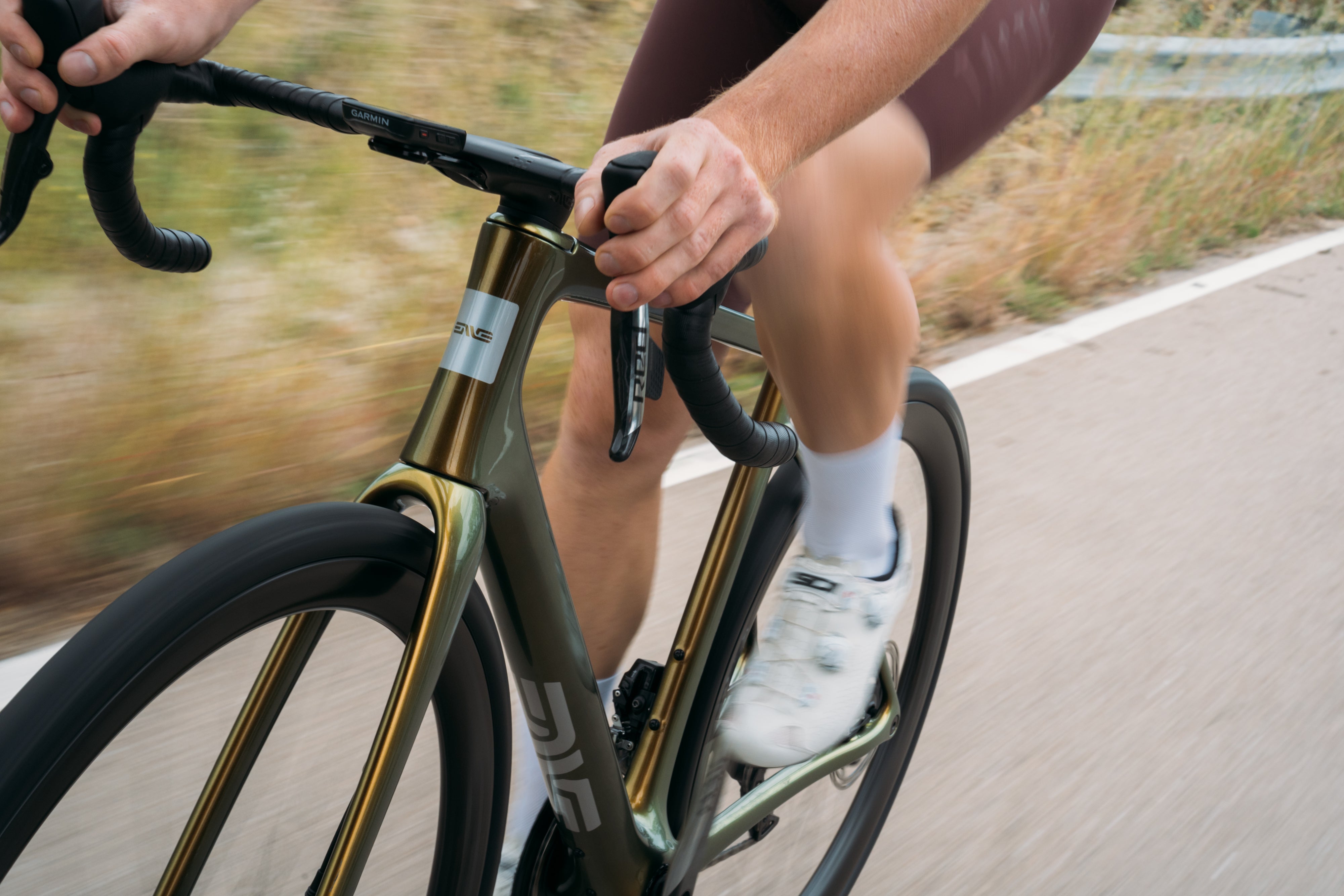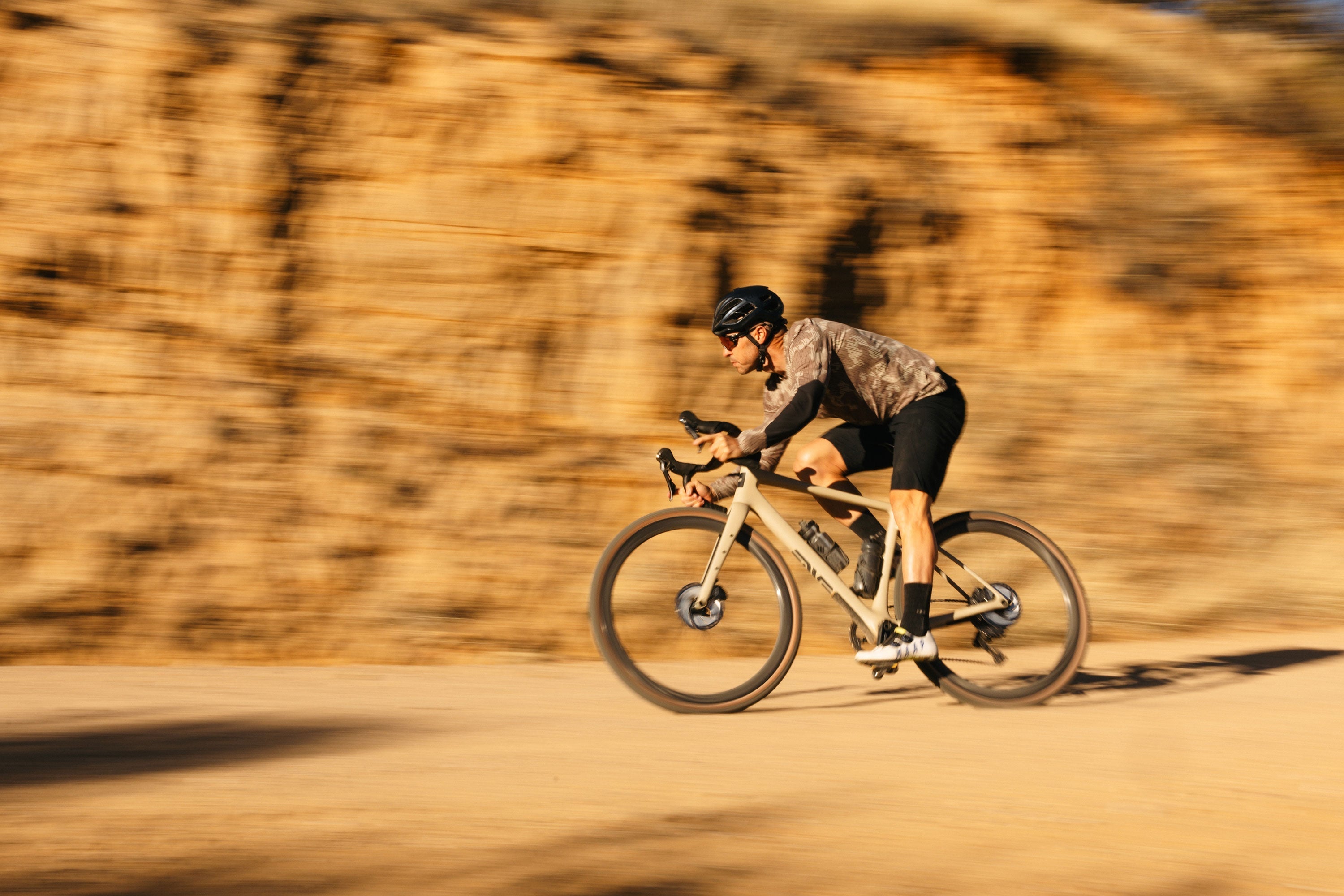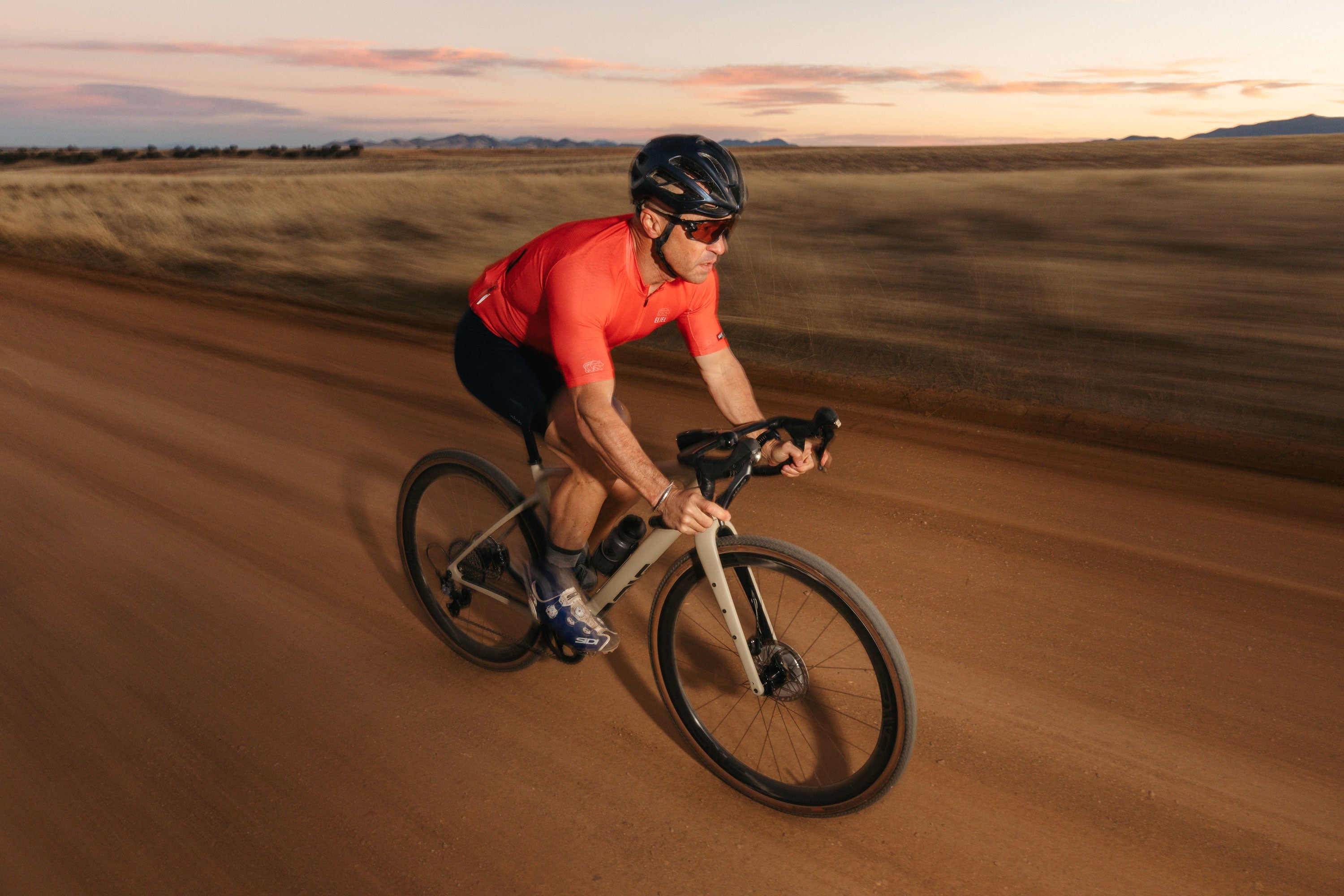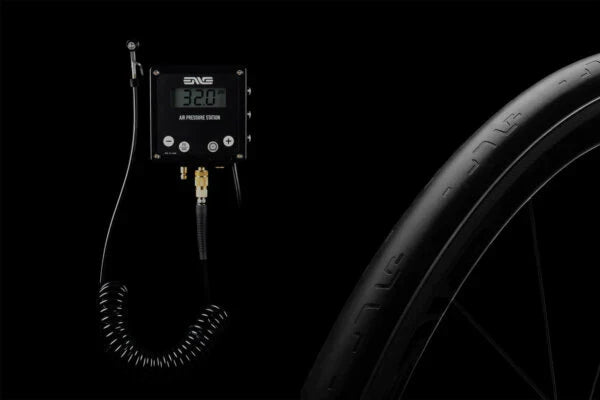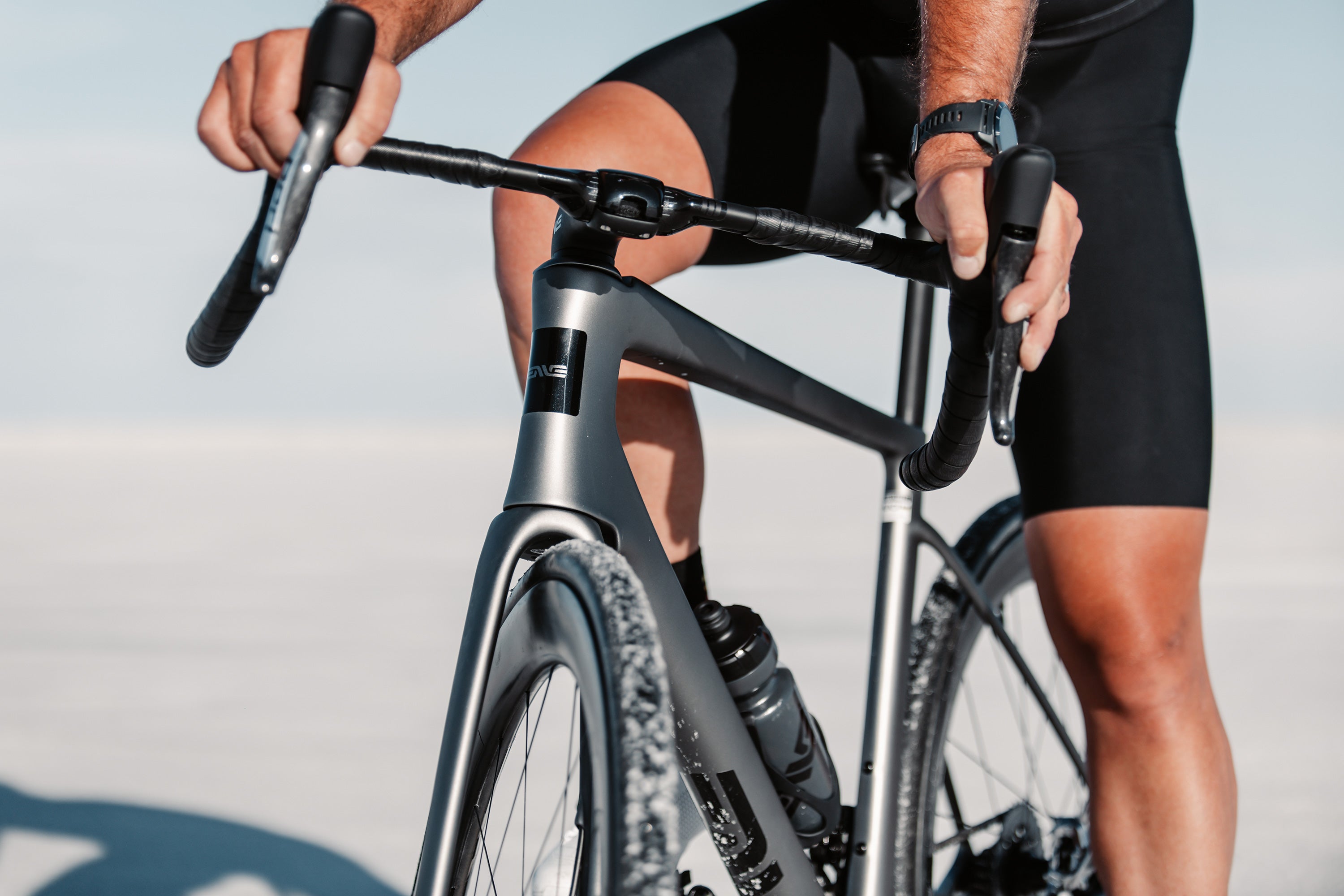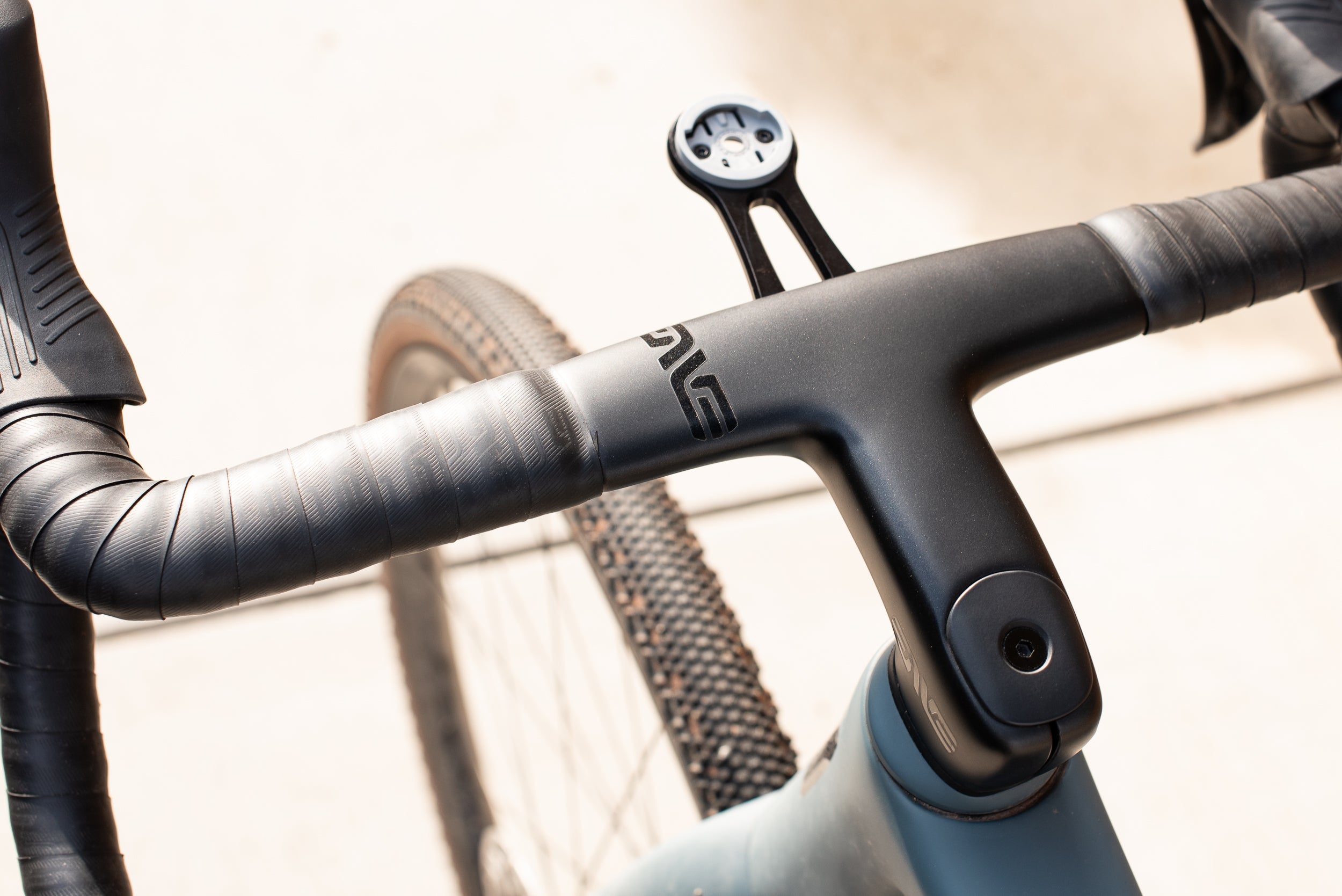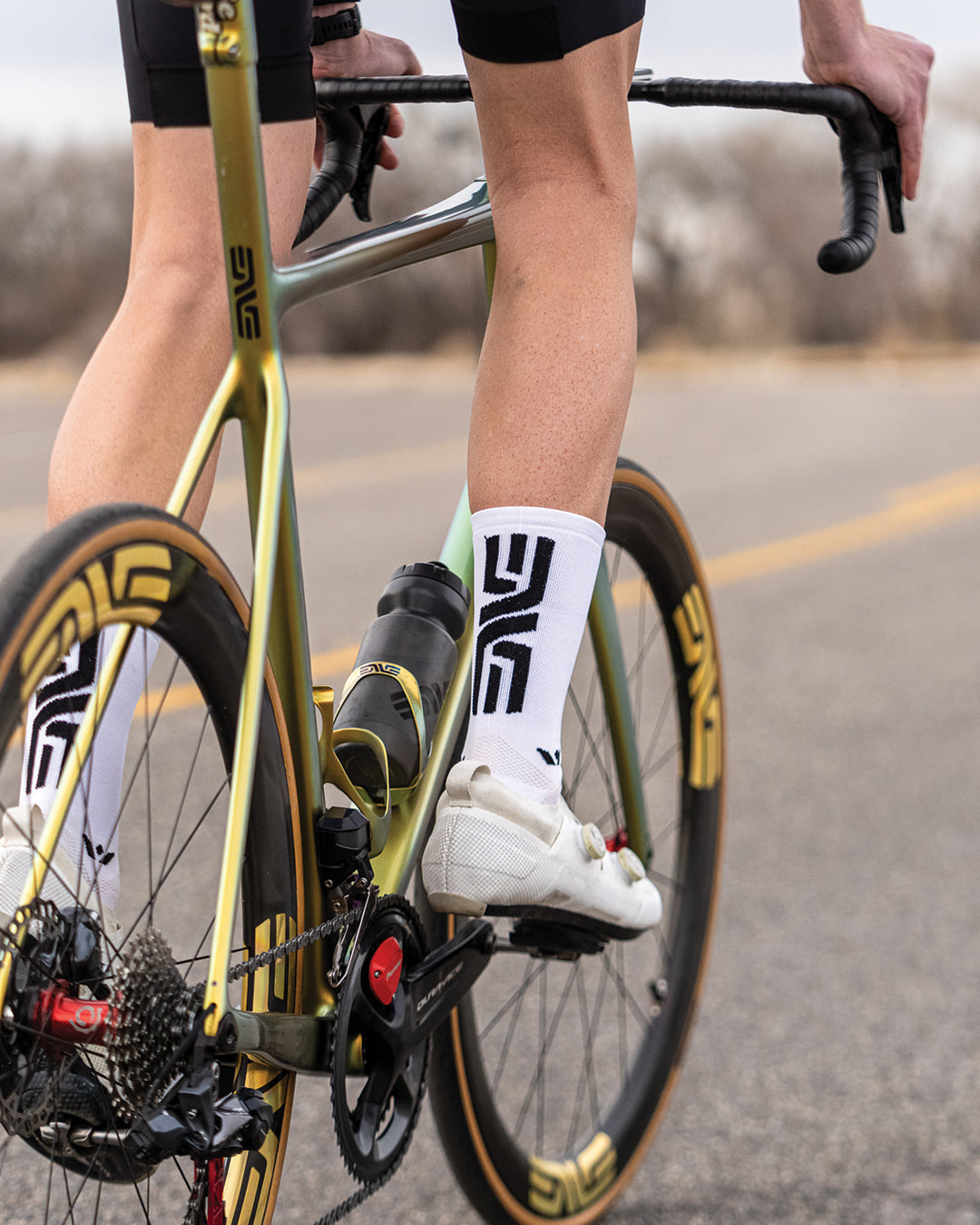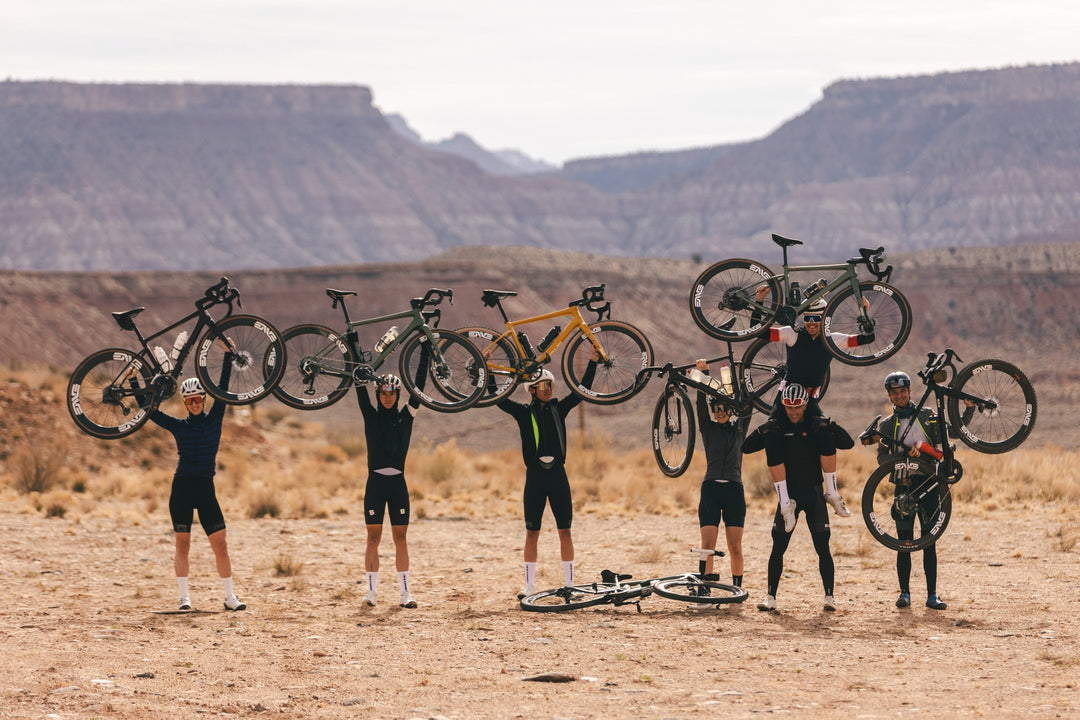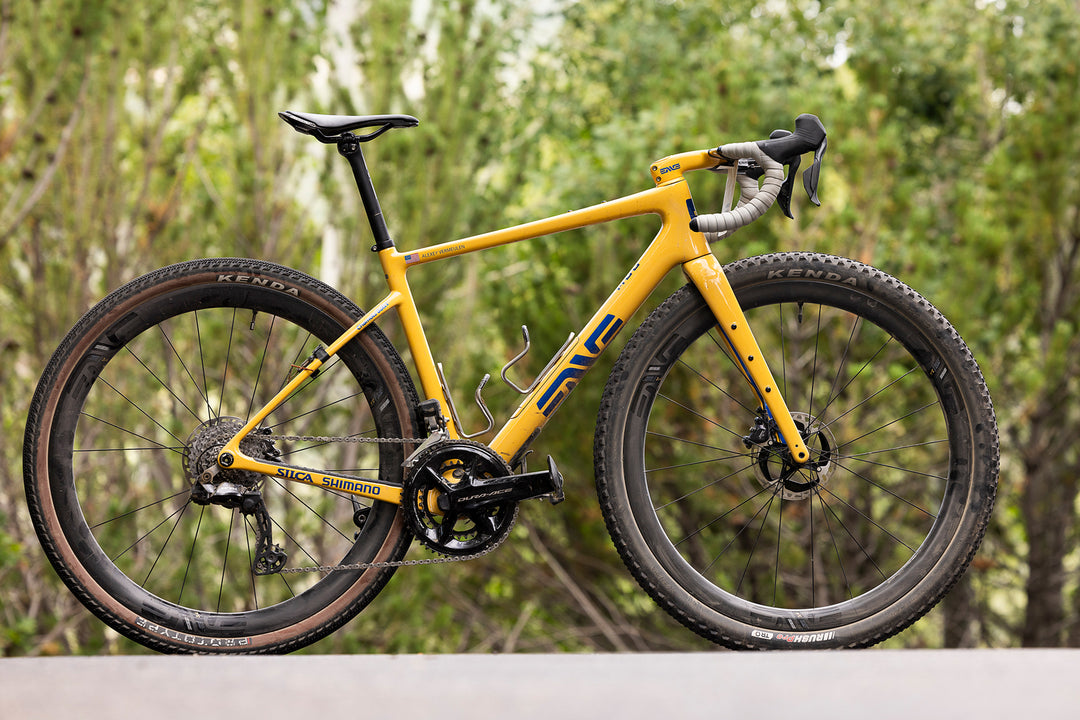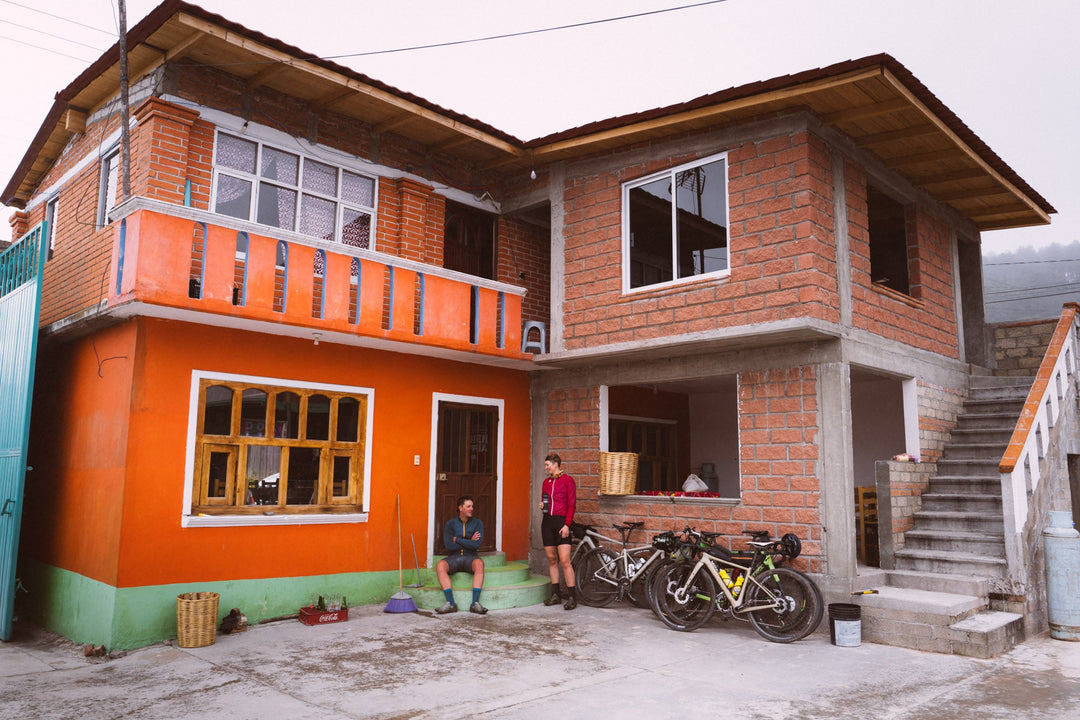A Gravel Adventure: In Search of the Lost Village of Imber
Salisbury Plain in Wiltshire, UK, is a unique place. Its history stretches back to 3,000BC, when Neolithic man built the famous Stonehenge. During the Second World War, half of the Plain’s 300 square miles was taken over by the British military and the live firing exercises continue to rattle the windows of houses for miles around on a daily basis.
It is also a gravel riding playground, its rolling hills latticed with unsealed roads of every variety, making it a perfect location for product testing. Some of the hardpack is smoother than back-road asphalt, in other places the dust is like sand, and in others fist-sized rocks lie in channels carved by rain water. Gradients reach 15% and in a few spots the dirt briefly turns red. A day’s photos look like a scrapbook of gravel from around the world.
Perhaps most remarkably, all of these aspects co-exist. Ancient burial mounds and military watch towers are both common sights from the dirt roads, many of which remain public rights of way. Usually, it’s a wonderful respite from England’s busy roads, but if you turn up on the right day you might have to share the gravel with platoons of soldiers and, as we’d find out, 60-ton tanks.
Eager for an adventure with which to christen the new G23 wheels, we’d planned to ride out to visit the ‘Lost Village of Imber’ which lies in the middle of the Plain, reachable only by gravel roads. Through the late 1930s and early 40s the British Ministry of Defence had bought up much of the land around Imber for training, but the residents refused to sell. It became increasingly inconvenient to safeguard the village and, what’s more, the military needed somewhere to practice fighting house-to-house ahead of Operation Overlord, the allied invasion of Normandy.



In November 1943, Imber residents were notified of their eviction and the last of them were moved out a week before Christmas. It was suggested that they’d be able to return, but that never happened. Under the Emergency Powers Act, the British government had carried out something akin to the extraordinary rendition of the village itself.
One concession to those displaced was a right to visit Imber’s church, and the graves of family members, on public holidays. For decades, the houses could be seen almost as they had been left, some even with tinned food still on the shelves. Then, in the 70s, all but the church, pub and manor house were torn down and replaced with empty structures more adaptable for training. On the road out is a tank graveyard, where decommissioned units are placed for target practice. The patina of these broken, rusted hulks, some half covered in fauna, is as good a camouflage against the dry grass as their original paint. It’s a surreal sight. This year, for the first time, the number of open days has been greatly reduced, so we’d just have to see how close we can get.
Our ride starts at Westbury, by the famous White Horse carved into the hillside. The red flags are up, signaling the area is in use for live firing practice, and they’re not kidding. We haven’t even clipped in before we hear the sharp cracks of something very big being fired and then, a few seconds later, a series of massive booms. Research suggests it was probably from huge AS-90 self-propelled artillery, firing 155mm shells up to 18 miles.
A cool wind blows across the exposed hill tops as we set off, but we’re soon sweating. The anticipation of both our first UK ride on G23s and what we might see on the Plain makes for a fast start. Then there’s a noise we’ve never heard up here before, a rapid popping like kids standing on bubblewrap – automatic rifle fire.
This is a rugged place. It needs a rugged bike. We promise that we didn’t bring a Bombtrack just for the apt name. This German brand is making a big impact in gravel thanks to bikes like this Hook 2, with Rival 1x, big clearance and a tough chromoly steel frame mated to the brand’s own carbon fork. It’s nimble in the woods, stable at 35mph downhill on chunky gravel, and feels so tough that with just a lick of matt green paint it would be right at home on the other side of the warning flags.
The Hook 2 costs €2600 (around $3000), so the stock aluminum wheels are understandably limited and we pinch-flatted on the first rain rut we hit with them. Switching to the G23s for this ride was eye-opening. The low weight gives a big boost to climbing and there’s no fear of pinch-flats even at lower pressures. But it’s the incredible compliance that dominates. The whole ride experience is transformed by them.






Several roads bisect the Plain and the signs warning of ‘tank crossings’ still raise a smile. From early childhood, on every trip this way my nose was always pressed against the car window hoping to spot a tank. Since moving to the area and riding here I’ve seen troops on exercise walking along the road, rifles in hand, Chinook and Apache helicopters buzzing overhead, and carrier planes, some practically skimming the trees and others sprinkling paratroopers like confetti. But never a tank.
Our first encounter with the British army comes as we crest a hill to find two dozen Land Rovers and the rifle-bearing soldiers ready to fill them. We hear a slow-moving vehicle with a big engine approaching and get excited. Is it a tank? No, it’s a farm tractor.
And then, suddenly, the armor comes to us. With the wind carrying the sound away from us, the first we know of the huge Ajax armored vehicle is when it appears over the brow, all 42 tons (US) of it. As it passes, the gravel shifts like it’s floating. After that, it gets crazy. First, a Scimitar light tank passes us in the opposite direction – “Tank up!” was an unusual group ride call – and we plunge into its dust holding our breath. Next, we see three more across the valley and immediately start riding hard to grab the photo-op. We briefly chat to an infantryman as he stretches his legs outside of the confines of his Warrior armored personnel carrier. “It’s a massive training exercise,” he says, and can’t tell us any more than that. Just how massive becomes clear moments later when a convoy of Challenger 2 tanks comes charging down the same road we’d ridden minutes earlier. These are the big boys, the Main Battle Tanks, 69 tons US, and easily identified in this company by the 4.7″ gun which adds 17′ to the overall length. It’s a truly spectacular sight.











On the return leg, we pass a purpose-built urban warfare facility, similar to what was built at Imber, where 5.56mm NATO bullet casings litter the ground, and just a couple of miles north. It’s locked up behind big gates and barbed wire. The military have been nothing but friendly all day, and happy to share the gravel roads with us, so we don’t feel like spoiling it by pushing our luck for a closer look.
Quite how long such generous access might last is anyone’s guess, but the reduction of Imber’s open days is an ominous sign. It’s easy to imagine the army wanting the Plain to itself. Sadly, just as gravel riding is booming and more cyclists are able to enjoy Salisbury Plain and discover its history, the village of Imber may soon be lost forever.
Our thanks to Bombtrack for the loan of the Hook 2. Check them out here: Bombtrack.com


